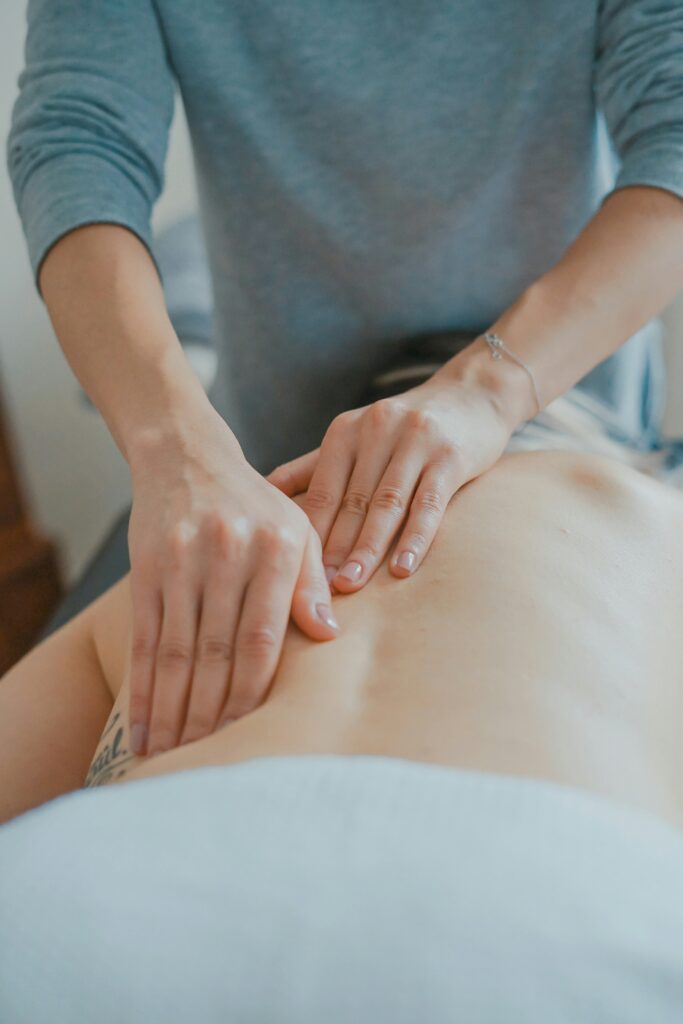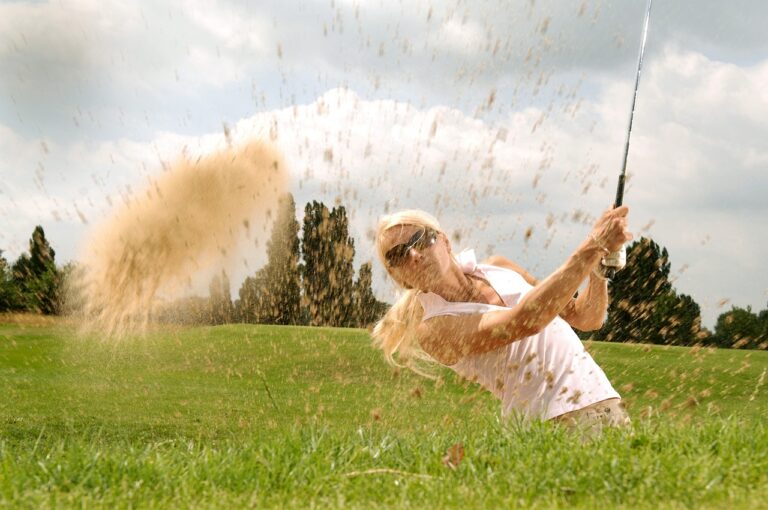Managing Arthritis Pain On The Golf Course
Do you find yourself wincing in pain every time you take a swing on the golf course because of arthritis? It’s more common than you might think, and it can truly put a damper on what should be a relaxing and enjoyable day outdoors. Managing arthritis pain while indulging in your favorite sport doesn’t have to be daunting. With the right approach and adjustments, you can continue to enjoy your golfing passions without the constant discomfort.
Understanding Arthritis and Its Impact on Golfers
What is Arthritis?
Arthritis is a common condition that causes pain and inflammation in various joints of the body. Among golfers, the repetitive motion of swinging a golf club can exacerbate symptoms, leading to increased discomfort on the course. There are over 100 types of arthritis, but the most prevalent ones affecting golfers are osteoarthritis and rheumatoid arthritis.
How Does Arthritis Affect Golfers?
Golf relies heavily on flexibility, grip strength, and joint mobility, all of which can be hindered by arthritis. Swinging, walking, bending to pick up balls, and even holding the club can become painful. The condition often affects the hands, knees, hips, and spine, crucial body parts involved in a good golf game.
The Emotional Toll of Golfing with Arthritis
Beyond physical pain, arthritis can affect a golfer’s emotional well-being. Frustration, embarrassment, or even a sense of loss might creep in when arthritis restricts you from playing at your best. Golf should be a form of escape, not stress. Recognizing the emotional impact is essential in managing the condition effectively.

Practical Tips for Managing Arthritis on the Golf Course
While arthritis poses challenges, several strategies can help you continue enjoying golf. Implementing these practical tips may help alleviate some of the discomfort associated with the condition.
Warming Up Before the Game
One of the most crucial steps for golfers with arthritis is to engage in a proper warm-up routine. Stretching and light exercises can increase blood flow to the joints, reducing stiffness and making the initial swings more comfortable. Focus on stretching the shoulders, back, and hips, as these areas are heavily used in a swing.
Suggested Warm-Up Exercises
| Exercise | Description |
|---|---|
| Arm Circles | Rotate arms in small circles to loosen the shoulder joints. |
| Hip Rotations | Place hands on hips and gently rotate in a circular motion. |
| Wrist Flexors | Hold your arm out, palm down, and gently pull back fingers with the opposite hand. |
| Leg Swings | Hold onto a stable surface and swing one leg forward and backward. Repeat with the other leg. |
Choosing the Right Equipment
Having the right golf equipment can make a significant difference in how you play. Look for clubs with lightweight shafts and larger grips, as they can reduce stress on the joints and enhance your grip without requiring excessive pressure.
Modifying Your Swing
Modifying your swing can also help lessen the impact on affected joints. Consider a shorter backswing or slowing down your tempo. Focusing on technique rather than power can relieve some of the stress on your body while still keeping your game competitive.
Walking the Course
Walking the course is beneficial for maintaining joint mobility, but it must be done cautiously. Opting for a motorized golf cart for longer distances or on days when pain is particularly intense can help prevent overexertion. Utilizing a pushcart for your gear can also be a less taxing alternative.

Personal Anecdotes: Stories from Fellow Golfers
John’s Journey to Pain-Free Golf
John, a lifelong golfer, was diagnosed with arthritis in his late fifties. After years of struggling with discomfort on the course, he discovered that switching to clubs with more forgiving flex and utilizing a dynamic stretching routine significantly improved his game quality. Now, John shares these tips with fellow golfers who face similar challenges, proving that a few adjustments can transform your golfing experience.
Sarah’s Club Modification Success
For Sarah, adapting her golfing equipment was key to reducing arthritis pain. By switching to a lighter set of clubs with cushioned grips and adjusting the club length, she found a new level of comfort and control. This change not only improved her performance but also reignited her love for the game. Her experience highlights the importance of customization in managing arthritis on the golf course.

Recommendations and Community Support
Don’t hesitate to seek professional advice if you’re dealing with arthritis. Physical therapists or occupational therapists can provide exercises specifically designed for arthritis relief, focusing on strengthening the muscles around the joints.
Community Events and Arthritis Golfing Groups
Connecting with fellow golfers who understand your experience can be uplifting. Consider joining local support groups or community events focused on arthritis and golfing. Sharing stories and strategies can provide both emotional support and practical advice.
Call-to-Action: Finding the Right Tools and Support
One step you can take today is visiting a specialist golf shop to discuss adaptive equipment suited to your needs. Consider reaching out to health professionals for personalized guidance, ensuring you get the help tailored specifically for your condition.

Golfing with Confidence Despite Arthritis
Golf is a sport that can be adjusted to fit your needs, regardless of physical limitations. By incorporating these strategies and being mindful of your body’s signals, you can enjoy your time on the green and play confidently. Understanding and addressing your arthritis through practical measures and community support can empower you not only to manage but also to thrive on the course.
Remember, your love for the game and determination are just as important as any club in your bag. Through patience and adaptability, the golf course remains a place where you can find joy and relaxation. So, prepare well, adapt wisely, and most importantly, savor each moment you spend playing the sport you love.








